SRI LANKA'S ANIMAL EMBLEMS
How they Exacerbate Ethnic Tension
by Samir Pasha and Naga Kandiah, Jurist
Much controversy surrounds the use of the flags associated with the Sri Lankan peoples, mainly because they are loaded with ethnic symbolism in a country recovering from a generation-long civil war along ethno-nationalist lines. The flags of concern here all feature big cats as central to their designs.
Big cats, wherever they occur, have been objects of reverence. Even where they are not native, their sheer power, grace, agility, ferocity and strength have enabled them to establish a place in the mythos and heraldry of many nations. Of interest to the Sri Lankan story are three species of big cat: the leopard, the lion and the tiger. We will briefly examine them in that order.
Of the three species, only one is currently resident in Sri Lanka—the Sri Lankan leopard (Panthera pardus kotiya). Strangely, it does not feature in the ethnic heraldry of the country anywhere near as much as its relatives do. As the subspecies name suggests, the Sinhala word for leopard is kotiya, a word which is also commonly (although not entirely accurately) used to denote the tiger—especially as a derogatory term directed at Tamils. The leopard is significant in Hinduism, however, as the animal from which the god Shiva's garments are made, and the god is frequently depicted meditating upon a leopard's skin.
Lions on the other hand, feature significantly in the heraldry of Sri Lanka and take center stage in the nation's official flag. In western cultures the lion appears as a symbol of might and royalty, with notable Christian overtones. In Sri Lanka there currently exist no wild lions, with evidence of their former existence in prehistoric times limited to a few scant fossil remains. The association of the lion as a national emblem therefore is much more recent, and the modern flag is clearly derived from the standard of King Sri Vikrama Rajasinha between 1798-1815 CE.
The term Sinhala is itself derived from Sinha (Lion) + Le (blood) and reflects an ancestral totemic origin myth. A founding myth of the Sinhalese people is that they are descended from the first king of Sri Lanka, Vijaya, exiled son of Sinhabahu from the north of the Bay of Bengal, as extolled in the Mahavamsa (Great Chronicle), although academically its accuracy is disputed. Genetic and linguistic studies do, however, confirm that the Sinhalese are historically related to peoples from this region.
The lion, then, is intimately entwined with the Sinhalese ethnicity in the Sri Lankan mind and culture. This fact has been recently exploited by the hardline right-wing nationalist group Sinha Le, who have been using this mythos to symbolize "the blood of the Sinhalese people" in terms of sacrifice for defending Sinhala-Buddhist culture against what it perceives to be threats to its integrity. Although dismissed by many as a now-dwindling movement (notably by Badu Bolu Sena, another right-wing Buddhist party), the ethos and perception of a threatened Sinhala identity are not uncommon and remain politically provocative.
Equally provocative is the use of the tiger by the other main ethnic group in Sri Lanka, the Tamils. The Tamils have ethnic origins among the Dravidian peoples of peninsular India, Tamil Nadu being regarded as their ancestral homeland. The tiger has never been shown to have naturally lived in Sri Lanka historically but has been an important symbol to Indian peoples for millennia. It features on the Pasupati seal, an artefact from the Indus Valley civilization dated from between 2350-2000 BCE. Throughout Asia the tiger has historically held the role that the lion has in the west, being associated with kingship, royalty and power. It is also the mount of the Hindu goddess Durga, symbolizing ultimate power and her control over it. In India, then, tigers are potent symbols of both earthly and heavenly power and an index of sovereignty. They were the symbol of the Chola Empire, a Tamil state that ruled India's south a millennium ago.
No surprise then that the Sri Lankan Tamil people would choose the tiger as their ethnic emblem. Not only is it the natural and (importantly) equal, counterpart to the lion associated with the Sinhalese, it is also a visceral link to greater ancestral India, where tigers are indigenous. Although the Tamil kingdom of Pudukottai did use the lion as their emblem, the tiger has been pre-eminent, especially because of the Chola association.
Perhaps inevitably then, the political ideology of Tamil separatism has utilized the symbolism of the tiger in much the same way as the lion has by Sinhalese supremacists, playing on pre-existing ethnic associations and abusing it for political ends. This has of course caused contention as the flags used to represent the Tamil and Sinhalese ethnicities are similar to, and easily confused with, those used for specifically political ends.
There are significant differences in these flags which should be understood before leaping to conclusions, however.
With respect to the Sinha-le flags, the lion is taken directly from the national flag. One has a different background color (blue as opposed to red) and the words Sinha Le written emblematically; the other is simply the national flag but without the other colors (orange and green) used to represent the Tamil and Muslim communities. Whilst both may be used by nationalists, the second is more representative of the Sinhalese ethnicity, whereas the former is more directly political in nature.
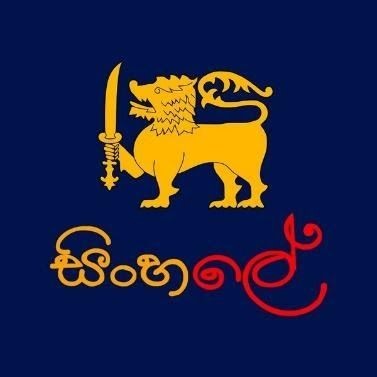
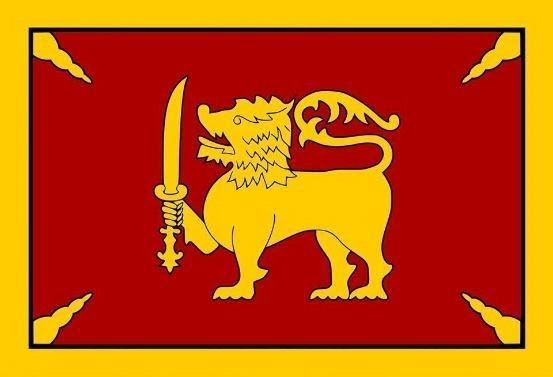
A similarity may be seen in the Tamil flags. The first is clearly political in nature, and the second more representative of the Tamil ethnicity than a political ideology.
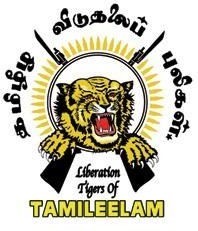
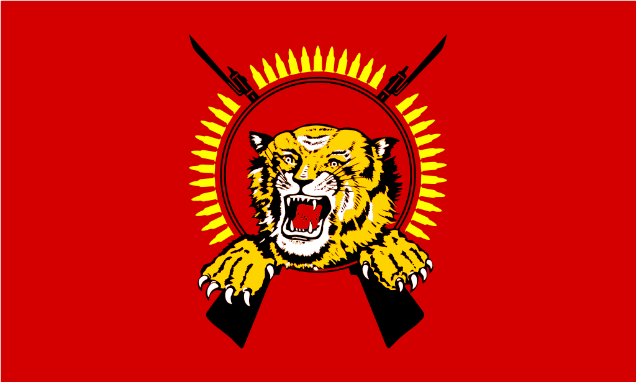
In both cases, however, the ethnic flags have often been misappropriated and identified with political causes. The Tamil flags have caused legal issues in countries around the world, due to their association with the Liberation Tigers of Tamil Eelam (LTTE). In the UK, the LTTE flag above has been banned, as that of a proscribed terrorist organization. The flag below it is not banned, as it represents the Tamil community's aspirations. The problem facing the reader in distinguishing between the two is the same faced by law enforcement in the UK. This dilemma is further compounded by the fact that many people who use the flags may deliberately blur this distinction. The question has confounded UK law enforcement for a number of years, with the media also struggling to understand the difference between the two flags. Those displaying the Tamil flag have been arrested under the Terrorism Act 2000. Recently, however, the narrative has been changing over use of the Tamil flag due to advocacy and legal efforts.
While it will take time for this distinction between the two Tamil-related flags to become clearer, what is pressing today is that post-civil war Sri Lanka is still fractured along ethno-nationalist lines. The use of emblematic animals in their respective flags of the Tamils and Sinhalese has continued to serve this ethno-nationalist distinction.
Perhaps in the post-civil-war period we should look for flags and symbols that do not overtly invoke a single ethnicity but are instead forward-looking and unifying. Could the Sri Lankan leopard be the savior here?
———
Samir Pasha is a lawyer specializing in human rights and criminal law. He is a Human Rights Law Association bursary winner for his work in the West Bank, occupied Palestinian Territory, and holds a masters from the University of Oxford specializing in modern South Asia.
Naga Kandiah is a human rights and public law solicitor. He has also worked with war crime witnesses and victims of torture.
This story and images first appeared April 3 in Jurist
From our Daily Report:
Sri Lanka regime intransigent on war crimes
CounterVortex, Feb. 21, 2020
Buddhist fascism in Sri Lanka?
CounterVortex, May 3, 2012
—————————-
Reprinted by CounterVortex, June 14, 2021
Reprinting permissible with attribution





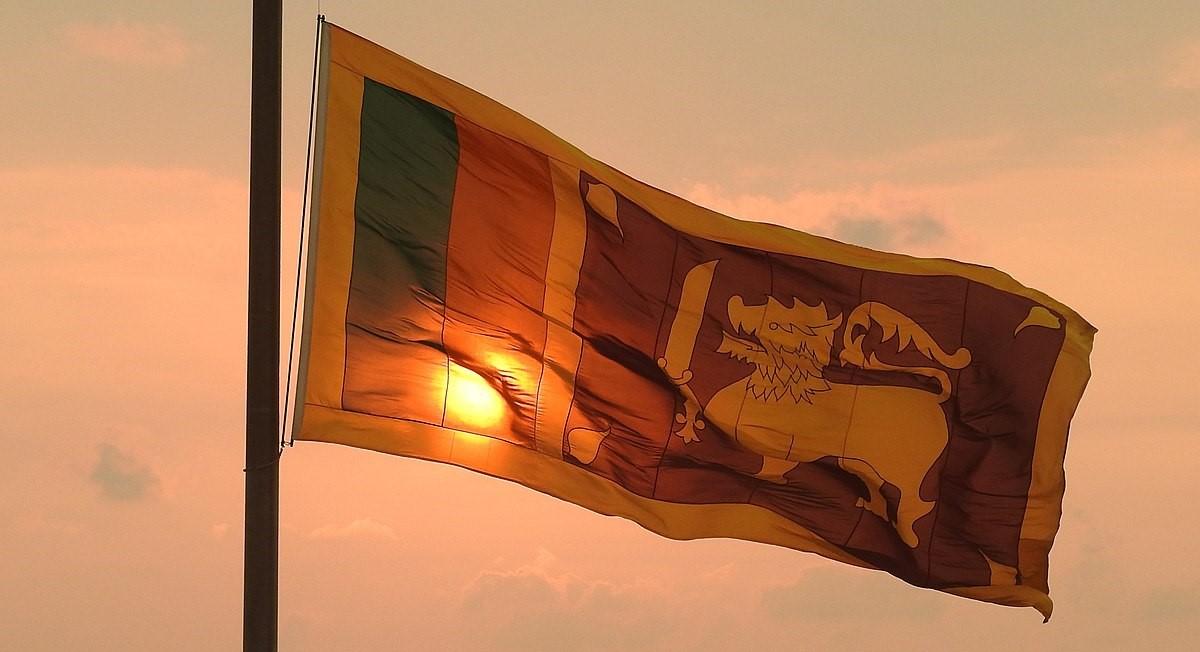












Recent Updates
1 day 26 min ago
1 day 5 hours ago
1 day 20 hours ago
1 day 20 hours ago
2 days 4 hours ago
2 days 5 hours ago
2 days 21 hours ago
3 days 5 hours ago
4 days 22 hours ago
4 days 22 hours ago